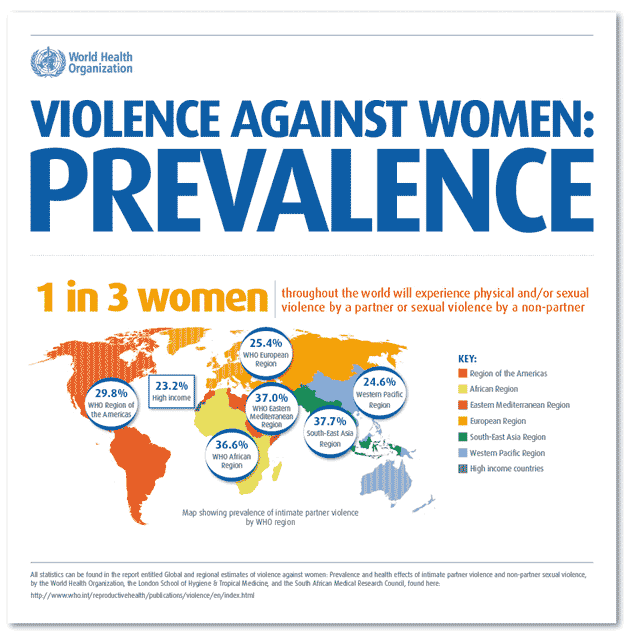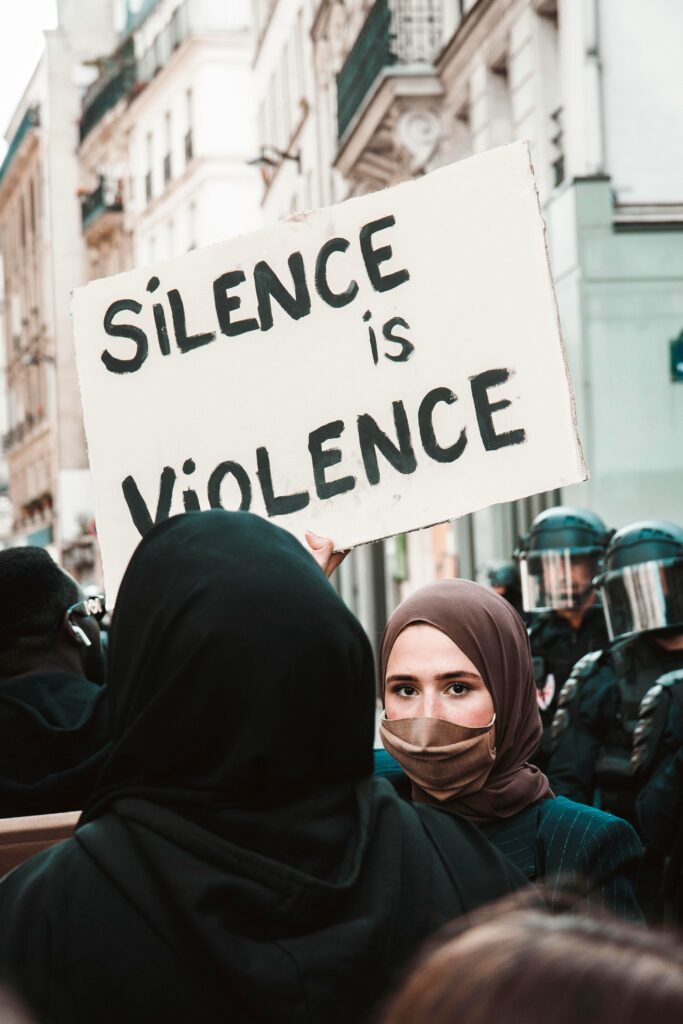Violence Against Women and Girls: A Global Human Rights Crisis
Violence against women and girls (VAWG) is one of the most widespread, persistent, and devastating human rights violations in the world today. It knows no social, economic, or national boundaries. It occurs in times of peace and conflict, in private and public spaces, and affects women of all ages, backgrounds, and identities. Despite growing awareness and action, VAWG remains a global epidemic that threatens the health, safety, and dignity of millions of women and girls every year.
Understanding cruelty Against Women and Girls
Violence against women and girls refers to any act of gender-based cruelty that results in physical, sexual, psychological, or economic harm. The United Nations defines it as “any act of gender-based violence that results in, or is likely to result in, physical, sexual or psychological harm or suffering to women, including threats of such acts, coercion or arbitrary deprivation of liberty, whether occurring in public or in private life.”
VAWG is rooted in gender inequality and the belief that men are superior to women. It is both a cause and a consequence of discrimination against women and girls and reflects deep-rooted cultural, social, and structural inequalities.
Types of Violence brutality against women and girls takes many forms, including:
- Physical Violence
This is the most visible form and includes acts like hitting, slapping, kicking, or beating. Women and girls may experience physical cruelty from intimate partners, family members, or strangers. Domestic violence is one of the most common forms, often occurring behind closed doors and going unreported. - Sexua lcruelty
This includes rape, sexual assault, harassment, and coercion. Women and girls are disproportionately affected by sexual cruelty, which can occur at home, in schools, workplaces, or during conflict. Child sexual abuse and marital rape are serious yet often overlooked issues. - Psychological and Emotional cruelty
This form of cruelty includes verbal abuse, threats, intimidation, isolation, and controlling behavior. It may not leave physical scars but deeply affects a woman’s self-esteem, mental health, and ability to make decisions. - Economic Violence
Economic crueltyinvolves controlling a woman’s access to financial resources, education, or employment. It can include withholding money, preventing work, or forcing economic dependence, which limits women’s freedom and ability to escape abusive situations. - Harmful Traditional Practices
Cultural norms and traditions sometimes promote practices that are harmful to girls and women, such as female genital mutilation (FGM), child marriage, dowry cruelty, and honor killings. These practices often go unchallenged due to social pressure and community expectations. - Online and Digital Violence
With the rise of technology, cruelty has taken new forms. Online harassment, cyberstalking, revenge porn, and doxxing are increasing, particularly among young women. These digital attacks can lead to severe psychological trauma and affect real-world safety. - Institutional Violence
This includes discrimination or abuse by institutions such as the police, healthcare providers, or the legal system. Women may be denied justice, face victim-blaming, or experience negligence when reporting cruelty
Consequences of Violence
The consequences of cruelty against women and girls are profound and long-lasting. They affect not only the survivors but also families, communities, and societies. Women who experience violence are more likely to suffer from depression, anxiety, post-traumatic stress, and physical health problems. Girls who face violence at a young age are at greater risk of dropping out of school, early marriage, and future abuse.
VAWG also has economic impacts. Women may be unable to work or may lose their jobs due to injuries or emotional distress. Healthcare and legal systems bear the cost of addressing the consequences, while economies lose out on the contributions of women who are unable to reach their full potential.
for more

Global Statistics
- 1 in 3 women globally has experienced physical or sexual crueltyin her lifetime.
- Every year, around 12 million girls are married before the age of 18.
- More than 200 million women and girls alive today have undergone FGM in 30 countries.
- During emergencies and conflicts, sexual cruelty against women and girls increases dramatically.
Steps Toward Ending Violence
Ending violence against women and girls requires a multi-faceted approach:
- Education and Awareness: Promoting gender equality and teaching respect in schools and communities helps challenge harmful norms and stereotypes.
- Stronger Laws and Enforcement: Governments must enforce laws that protect women and girls and hold perpetrators accountable.
- Support Services: Survivors need access to shelters, healthcare, legal aid, and psychological support.
- Community Involvement: Men and boys must be engaged in the conversation and become allies in challenging violence and supporting survivors.
- Technology and Innovation: New tools and platforms can help monitor, prevent, and respond to online and offline violence.
Conclusion

Violence against women is a pervasive and deeply ingrained issue that transcends geographical, cultural, and socio-economic boundaries. It manifests in various forms, including physical, sexual, psychological, and economic abuse, often rooted in entrenched gender inequalities and patriarchal norms. The impact of such violence is profound, leading to long-term physical and mental health issues, social ostracization, and economic dependence, thereby hindering women’s ability to participate fully in societal development.
The persistence of violence against women is facilitated by weak legal frameworks, inadequate enforcement, and societal attitudes that normalize or trivialize such behavior. In India, despite legislative measures like the Protection of Women from Domestic Violence Act, 2005, challenges remain in implementation and societal acceptance.
Efforts to combat this issue require a multifaceted approach. Strengthening legal frameworks, ensuring swift and fair justice, and enhancing law enforcement training are crucial steps. Equally important is societal transformation through education and awareness campaigns that challenge and change harmful gender norms. Empowering women economically and socially can also serve as a deterrent to violence, as it reduces dependency and increases their agency.
In conclusion, addressing violence against women is not merely a matter of legal reform but a societal imperative. It necessitates collective action from all sectors—government, civil society, and individuals—to create an environment where women can live free from fear and violence. Only through sustained efforts and commitment can we hope to eradicate this grave violation of human rights and pave the way for a more equitable and just society.